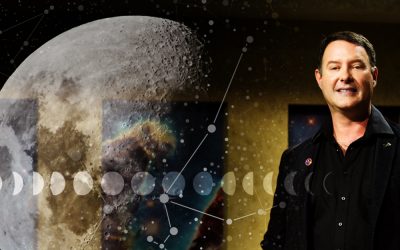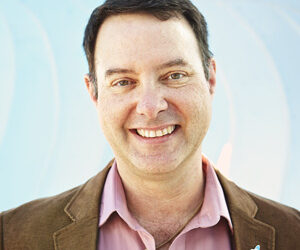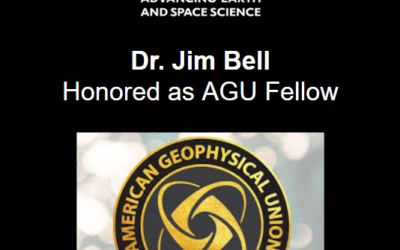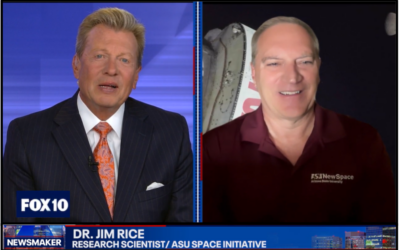ASU researcher Sean Bryan launches weather data sensor on World View balloon
ASU researcher Sean Bryan is looking to change the way weather data is collected with a new sensor as part of NASA’s Technology Advancement Utilizing Suborbital Flight Opportunities program.
Bryan, an associate research scientist with ASU’s School of Electrical, Computer and Energy Engineering, is the principal investigator on the CubeSounder project, which aims to modernize the way satellites collect weather data. The team includes researchers from ECEE, the School of Earth and Space Exploration and ASU/NewSpace
“We’ll have a sensor based on our ASU technology, that’s got pretty similar performance to the existing weather satellite sensors, but just in a way smaller package, less power, less cost to build,” Bryan said. “So instead of just having one or two of these sensors that our country has access to, we could have dozens of these sensors and much more weather data.”
The Cubesounder project has teamed up with World View, a Tucson-based company that specializes in stratospheric balloon flights. The sensor created by Bryan and his team will be launched into the stratosphere twice on one of World View’s balloons.
The first flight will be a test, following a fly-fix-fly approach. After the first flight is completed, Bryan and his team will adjust any issues and prepare for a second and final flight.
“For the second flight (we) would fix up anything that broke the first time and then we’re going to try to add this whole extra sensor on there and just really go for it,” Bryan said.
Looking forward to the future, Bryan hopes his sensor will be utilized by companies like World View to gather even more weather data to provide more accurate and immediate weather information to smartphones.
“We could commercialize this with World View, like if they need more of these sensors for what they do, maybe we commercialize it with them,” Bryan said. “Maybe we could even sell the data someday.”
For a long-term use of the sensors, Bryan also expressed interest in putting them on a Cube Satellite, a satellite the size of the family size cereal box that could stay in space for years, whereas a balloon can only stay up for months.
In the end, Bryan is excited the project has stayed local, utilizing ASU students and researchers and an Arizona based company to create and launch the sensor.
“It’s kind of a neat Arizona story,” Bryan said. “Here we are in Phoenix developing this and then launching in Tucson, it’s just interesting how local it all is.”
Written by Reagan Priest for ASU NewSpace

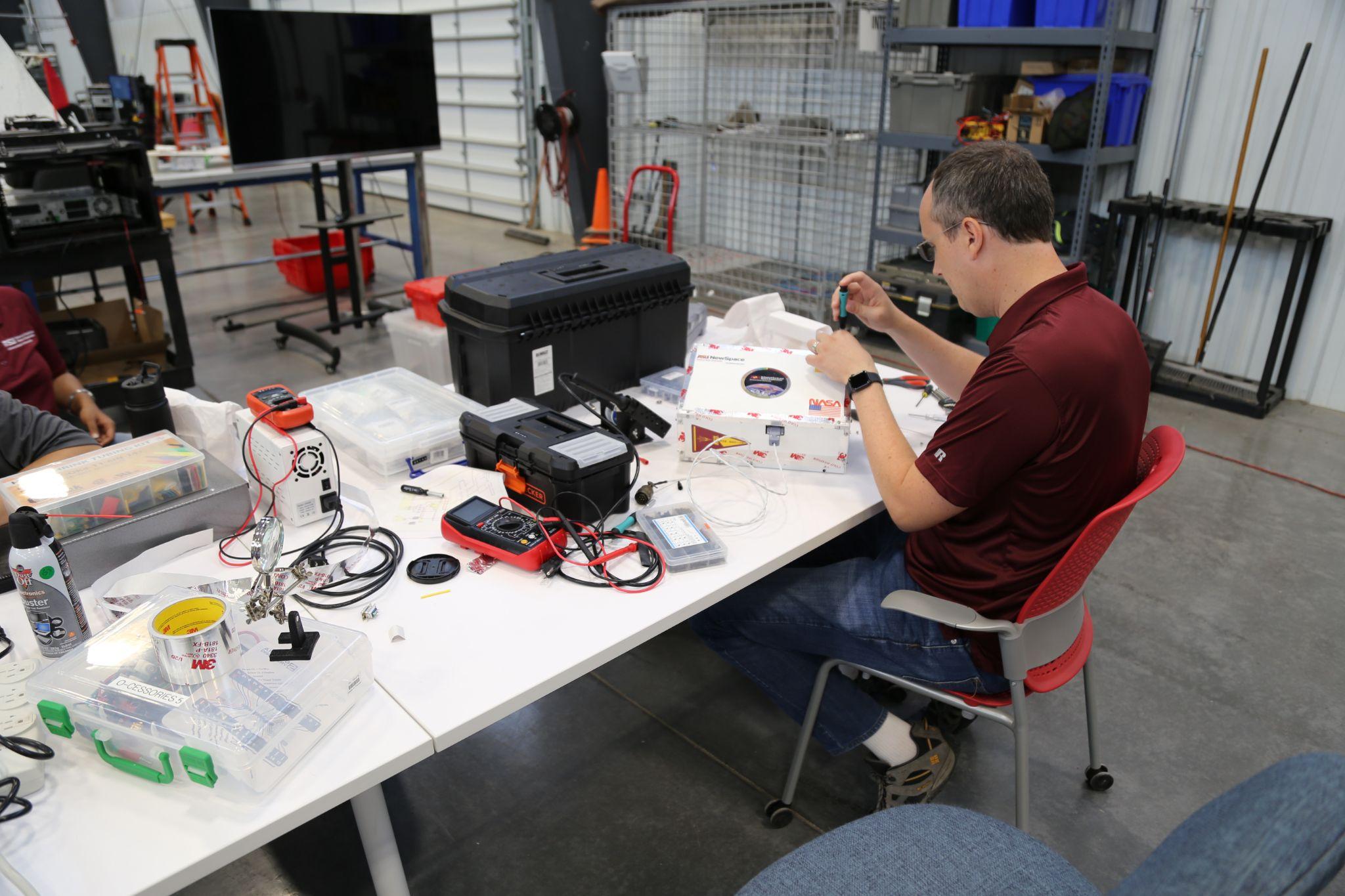
Related Articles
Is a weekend on the moon around the corner?
ASU professor Jim Bell talks about why deep space is the new economic frontier
ASU/NewSpace Celebrates Jim Bell’s Regents Professor Honor for Space Exploration Leadership
From the Mars rovers’ iconic Pancam to the Psyche mission, Jim Bell’s Regents Professor title celebrates his decades of mentorship, innovation, and exploration. @Jim_Bell @asunewspace #NASA
Congratulating Honoree Jim Bell and the 2024 Class of AGU Fellows
Elected as the American Geophysical Union (AGU) Fellow for his outstanding contributions to the Earth and space sciences through scientific research, education, science communication and outreach. @Jim_Bell #AGU
Fox 10 News Speaks with Dr. Jim Rice on Government vs Privatization in the Space Realm
In this interview, @ASUNewSpace Associate Director Of Science And Research Dr. Rice explains the shifting dynamics of space exploration, and his excitement for Artemis lunar missions. #NASA #Artemis


